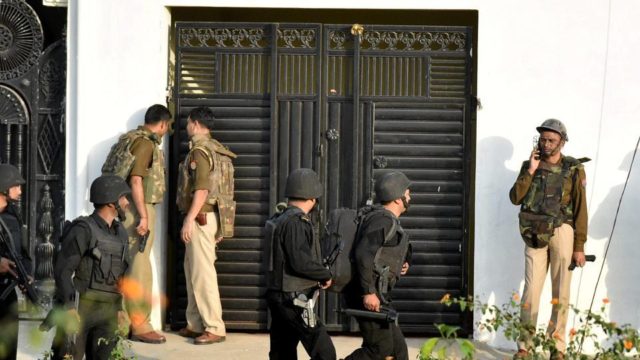By George Friedman
 Japan is a quiet place, at least from a geopolitical standpoint. It makes few political demands on other nations, and no military ones. Article 9 of its constitution forbids it from maintaining any military force. Article 9 has been reinterpreted to mean that it can maintain a substantial military for self-defense, under the principle that self-defense is a natural right, but that force cannot engage in offensive military operations – and it certainly can’t do so unilaterally. Since its banking crisis in the late 1980s and early 1990s, global financial markets have expected that Japan will face a financial crisis that will create domestic upheaval. It hasn’t happened. Instead, Japan grows slowly and sometimes not at all, but compared to much of the rest of the world, it is seemingly at peace with itself.
Japan is a quiet place, at least from a geopolitical standpoint. It makes few political demands on other nations, and no military ones. Article 9 of its constitution forbids it from maintaining any military force. Article 9 has been reinterpreted to mean that it can maintain a substantial military for self-defense, under the principle that self-defense is a natural right, but that force cannot engage in offensive military operations – and it certainly can’t do so unilaterally. Since its banking crisis in the late 1980s and early 1990s, global financial markets have expected that Japan will face a financial crisis that will create domestic upheaval. It hasn’t happened. Instead, Japan grows slowly and sometimes not at all, but compared to much of the rest of the world, it is seemingly at peace with itself.
It has not always been this way. In the first half of the 20th century, Japan sought to take control of the Western Pacific and China. It had defeated the Russian navy in 1905, and then challenged the United States and European powers in the Pacific. It temporarily claimed an empire in China and in the littoral islands of Asia, ranging from Taiwan to the Dutch East Indies to the gates of India. This lasted for only three years, but for the first part of those years it appeared that Japan had permanently reshaped the balance of power in the Pacific and in Asia.





















